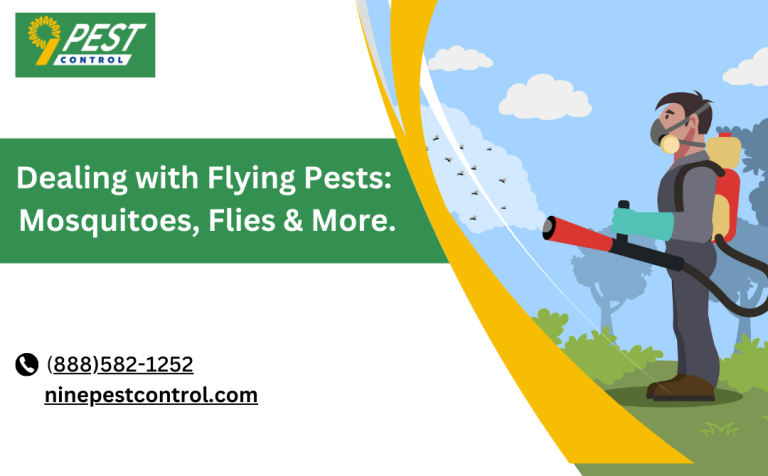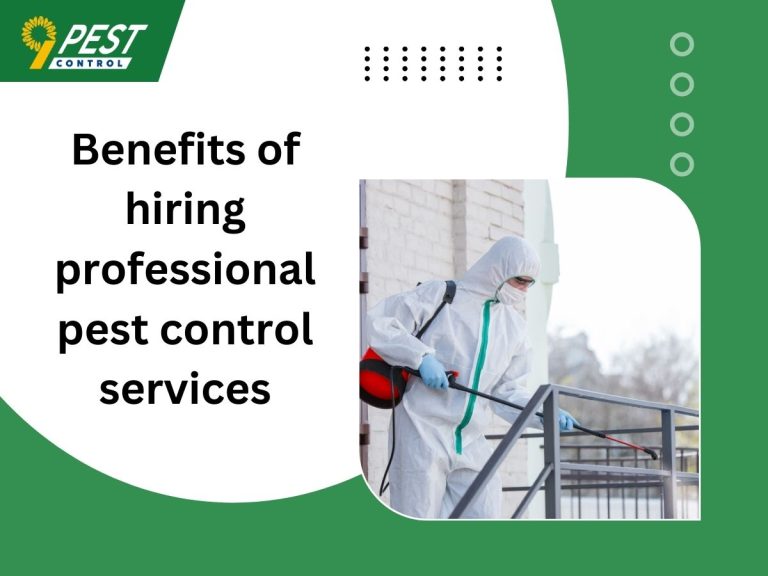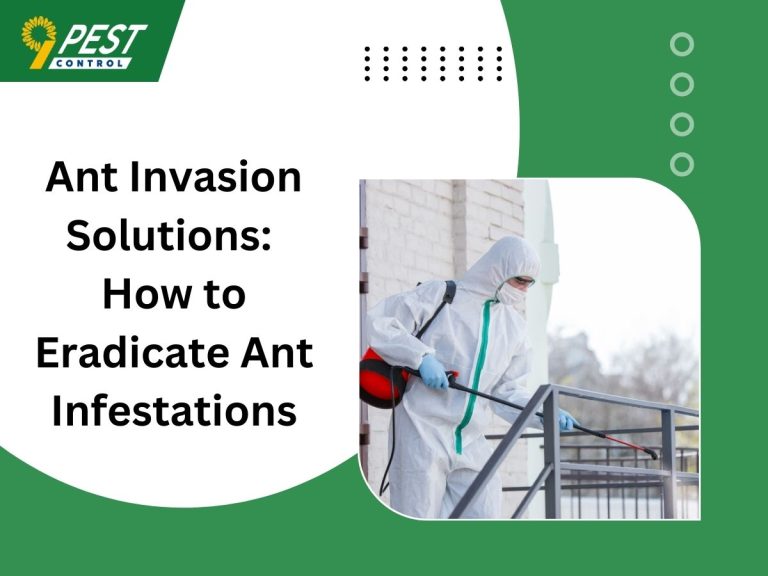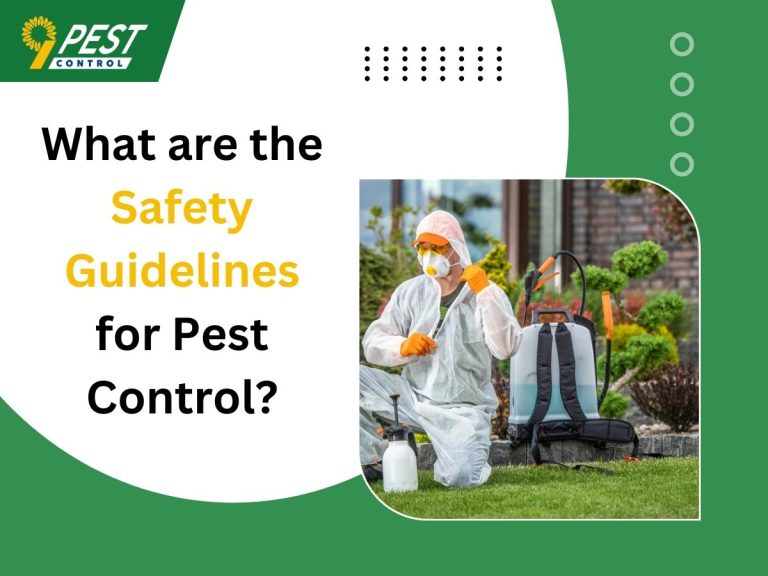Identification of Common Pests in Your Home
Have you ever found tiny bugs in your kitchen or heard something scuttling when the lights go out? These signs might mean you have pests! Understanding what pests are and how to recognize them is very important. Our article will teach you about common pests. It will explain what to do if they try to take over your home.
At Nine Pest Control, we are experts at keeping unwanted pests out of your home and garden. Our team uses smart ways to manage pests that keep your space safe and clean.
Identifying common pests in your home
Accurate pest identification is essential to manage pests effectively. Here’s a guide to identifying some common household pests:
Ants
Ants are tiny insects that can be in any color, from black to brown. They are often seen marching in lines and are attracted to sweet or greasy food substances. Ants can enter homes through tiny cracks and are commonly found in kitchens and bathrooms. Some species, like carpenter ants, can cause structural damage by burrowing into wood.
Centipedes
Centipedes are elongated, multi-legged creatures that can be yellowish to dark brown. House centipedes are gray-yellow with three stripes down their back and can move very quickly. They are typically found in damp areas like basements, bathrooms, and closets. While they are predatory and feed on other insects, they rarely bite humans.
Cockroaches
Cockroaches are oval-shaped insects that range in color from light brown to black. They are nocturnal and prefer warm, moist environments like kitchens and bathrooms. Common species include the American, German, and Oriental cockroaches. Cockroaches are known to spread diseases and can trigger allergies and asthma.
Crickets
Crickets are known for their distinctive chirping sound. They are typically brown or black and have long antennae and hind legs adapted for jumping. Crickets are often found in basements and ground floors. While they are mostly a nuisance, they can damage fabrics and paper products.
Earwigs
Earwigs are small, elongated insects with pincers on their rear. They are usually dark brown or reddish and can be found in damp areas like basements and under sinks. While they may look intimidating, earwigs are harmless to humans and primarily feed on decaying plant material.
Rodents
Rodents such as mice and rats are common household pests. They have long tails, sharp teeth, and are known for their ability to gnaw through various materials. Rodents can cause major damage and carry diseases, like hantavirus and leptospirosis. They are often found in attics, basements, and kitchens.
Millipedes
Millipedes have long, cylindrical bodies with many legs, usually one pair per body segment. They are typically brown or black and prefer moist environments. Millipedes are generally harmless to humans and feed on decaying organic matter. They can be found in basements or near entry points to the home.
Mosquitoes
Mosquitoes are small flying insects known for their biting habits. They have slender bodies and long legs, with females feeding on blood. Mosquitoes are vectors for diseases such as malaria, dengue fever, and Zika virus. They are often found near standing water, where they lay their eggs.
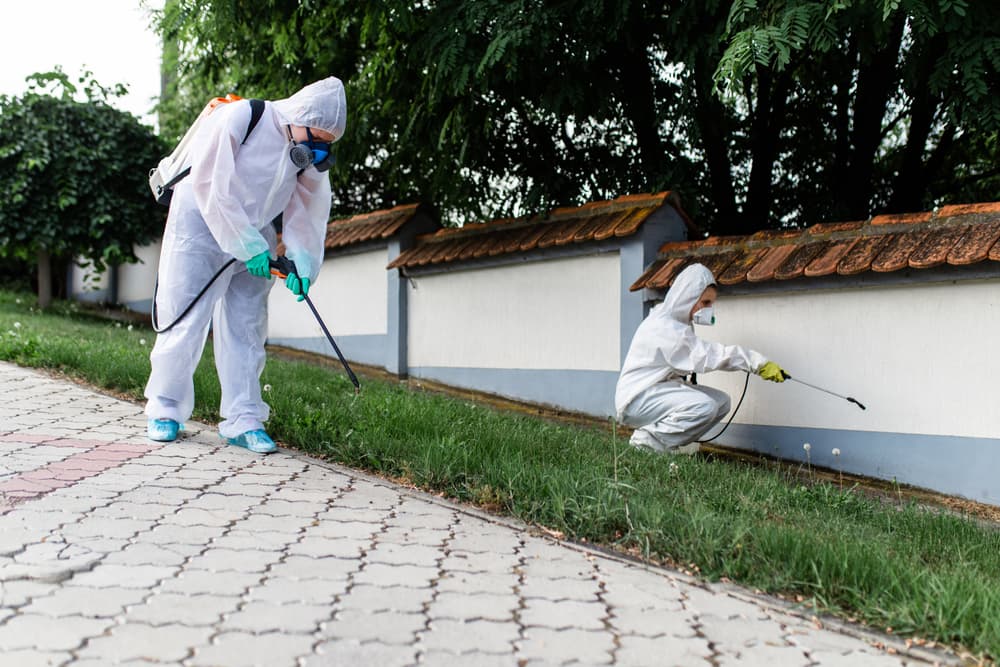
What Are the Signs of Pest Infestation?
Identifying a pest infestation early can help prevent damage and the spread of pests in your home. Here are some signs to watch for:
1. Unusual Noises
Strange noises at night, like scratching or scurrying, may mean rodents or other animals are present. These sounds often come from attics, inside walls, or basements.
2. Visible Droppings
Finding droppings in your home is a clear sign of pest infestation. Rodent droppings are small, dark, and pellet-shaped, while cockroach droppings are smaller and may look like pepper flakes.
3. Gnaw Marks and Damage
Visible bite marks on furniture, wires, or walls can be signs of rodents. This kind of pest damage not only affects your home’s aesthetics but can also lead to electrical hazards.
4. Nesting Materials
Finding nesting materials like shredded paper, fabric, or dried plant matter can indicate rodents or other pests are building homes. These are often found hidden in dark corners or less trafficked areas.
5. Tracks and Footprints
In dusty or less-clean areas, you might see tracks or tail marks that pests leave behind. Using a flashlight at an angle can help you spot these signs of pest infestation.
6. Dead Bugs
Accumulations of dead bugs in areas such as window ledges, basements, or attics can signal an infestation. Seeing several of the same types of pests, especially in these areas, is a warning sign.
7. Odd Smells and Sounds
Musty or oily odors can be a sign of roaches, while a sweet, foul smell could indicate a large ant infestation. Continuous scratching sounds within walls might suggest squirrel activity.
What’s the Best Way to Keep Pests Out?
Here are some key strategies to prevent pests from becoming a problem in your home using effective pest management techniques:
- Seal Entry Points: Inspect your home for cracks, holes, and gaps where pests can enter. Sealing these can prevent pest infestation signs before they start.
- Keep It Clean: Regular cleaning eliminates food sources and reduces the likelihood of pest attraction. Cleanliness is a fundamental aspect of pest control.
- Manage Waste Properly: Secure garbage in sealed bins and dispose of it regularly. Proper waste management minimizes the chances of attracting rodents and other pests.
- Eliminate Standing Water: Standing water attracts many pests, including mosquitoes. Ensure that drainage systems are working properly to avoid water accumulation.
- Use Natural Predators: Introducing biological controls, like parasitic wasps for pests, can help. They can manage pests naturally.
Summing Up!
In conclusion, effective pest control requires a mix of strategies. They must be tailored to the specific challenges of different pests. Both mechanical control methods and knowledge of pests are vital. Each approach, using geography and genetics, plays a key role. A pest control action plan will keep your environment healthy and pest-free. It may involve consulting a pest control company.
Remember, the key to effective pest control lies in proactive management strategies and adapting to the unique needs of your area. Together, these efforts form an effective pest control strategy that safeguards your home and agriculture from unwanted pests.


